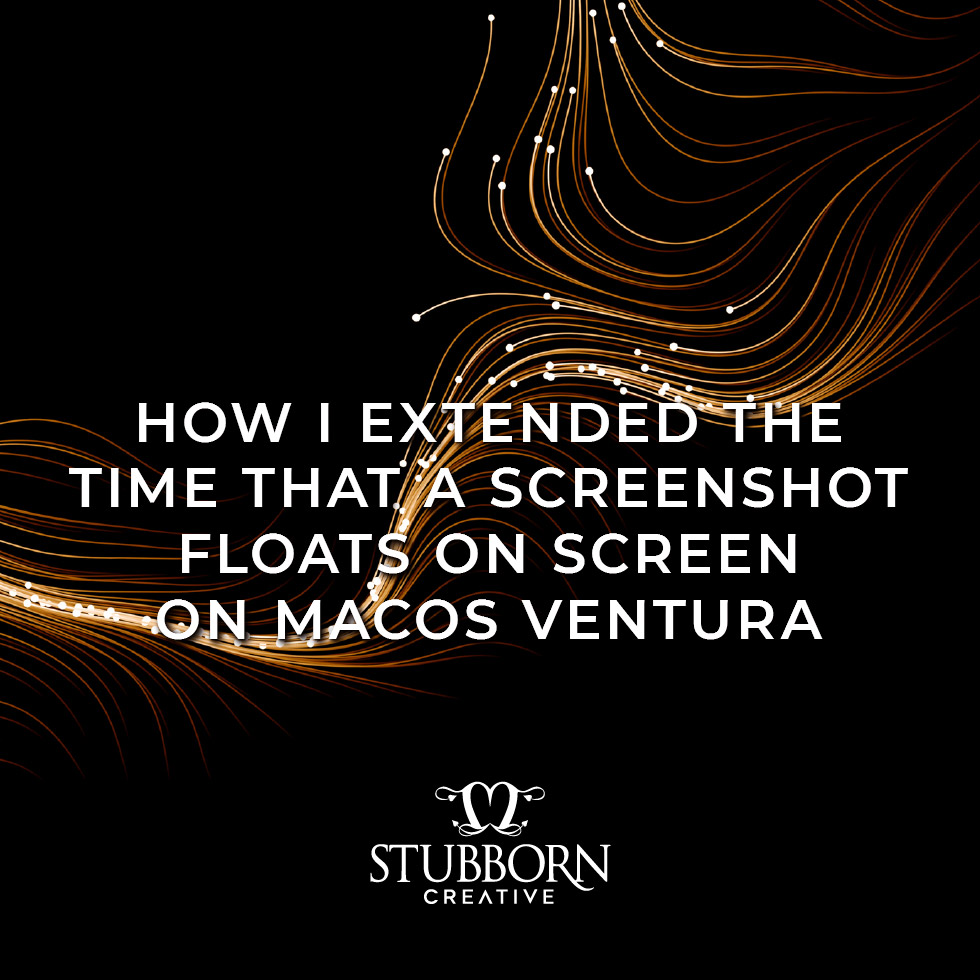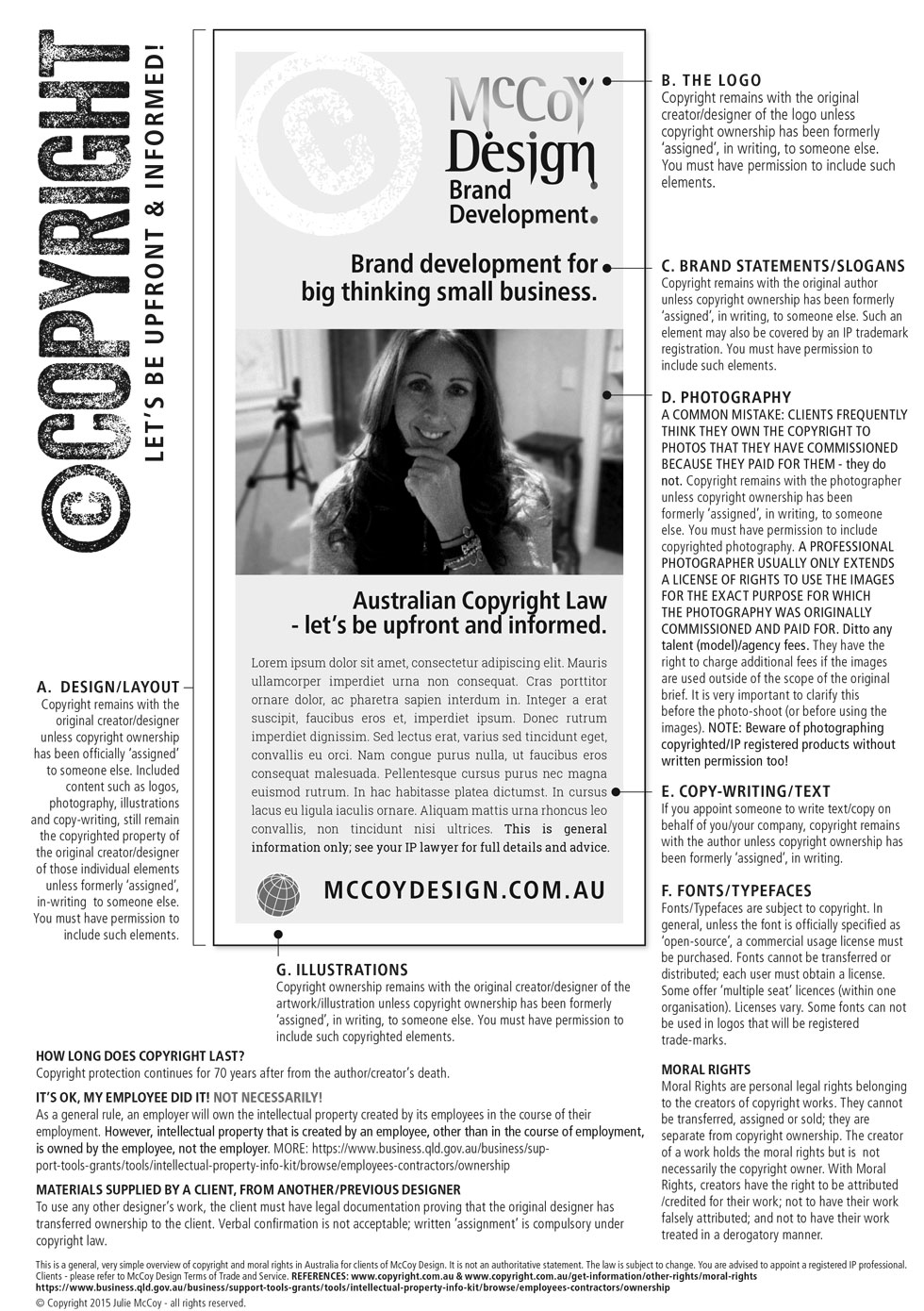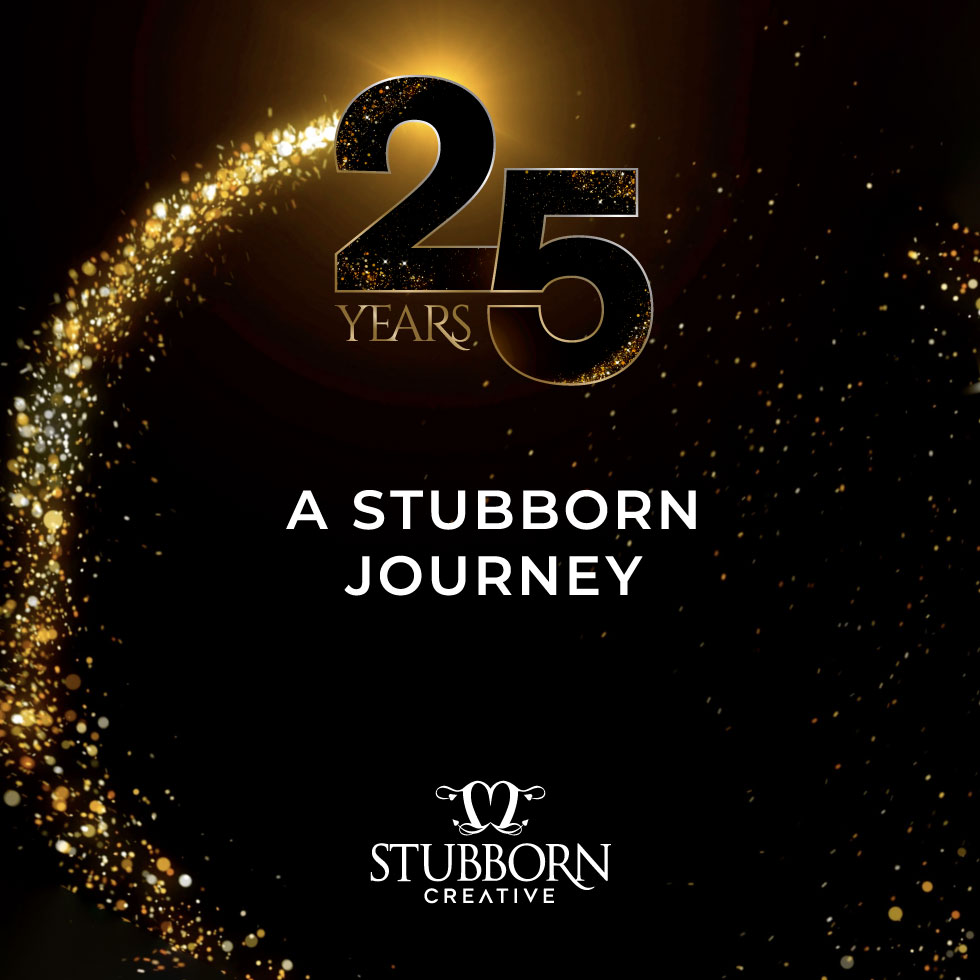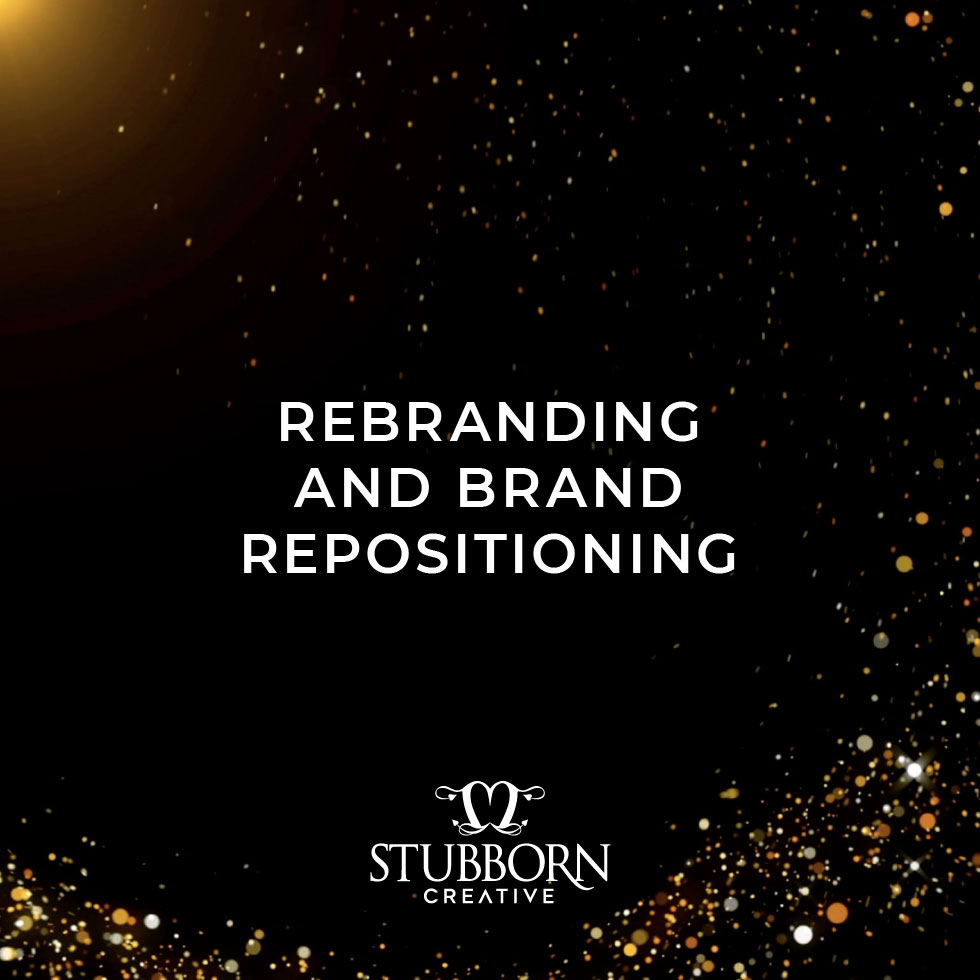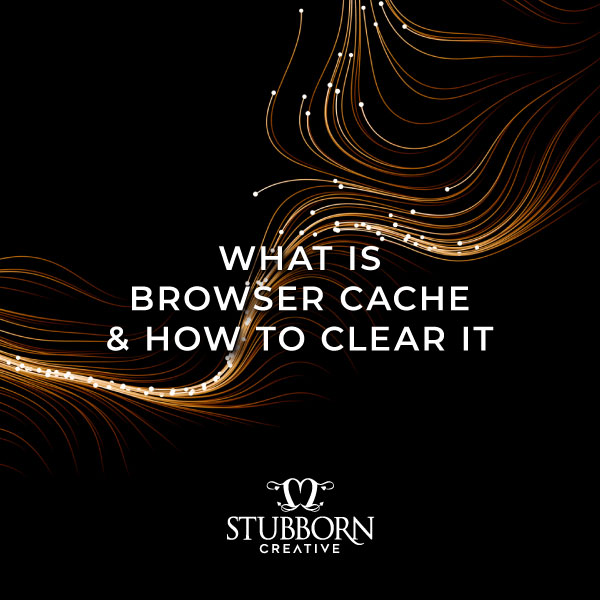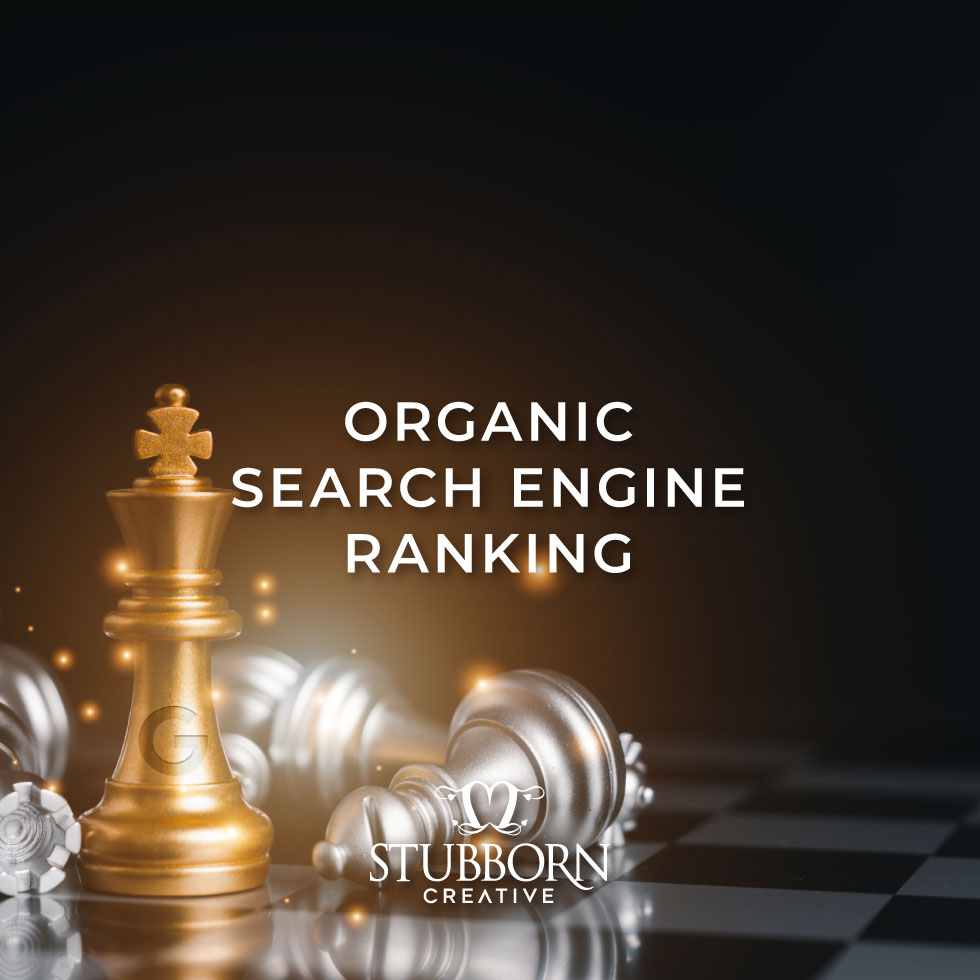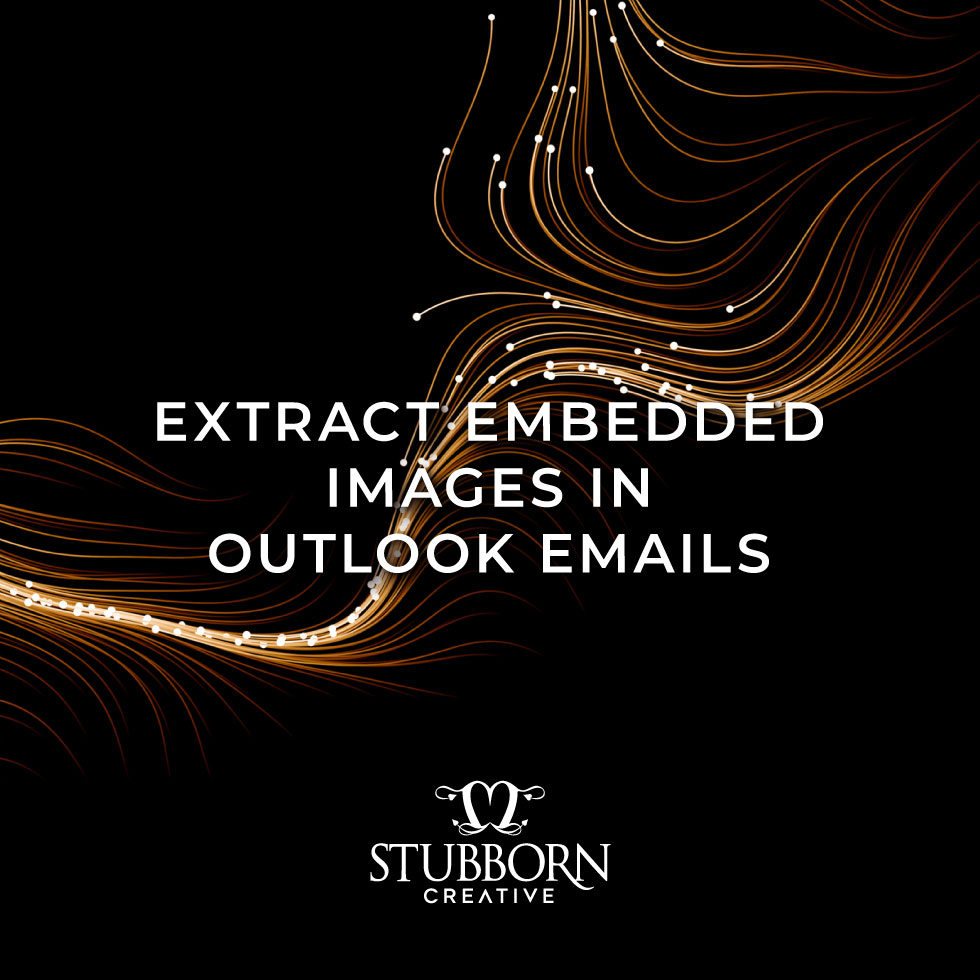IP TRADE MARK REGISTRATION
Importantly, IP Trade Mark Registration is totally separate to ASIC Business Name/Company Registration.
Australian Trade Mark Registration is a legal process that grants exclusive rights to a particular sign, symbol, logo, word, phrase, or design used to distinguish goods or services in the marketplace. It provides protection against unauthorized use or imitation by others within Australia. While trade mark registration primarily focuses on safeguarding brand identity and preventing consumer confusion, it is distinct from copyright ownership. Copyright pertains to the exclusive rights granted to original artistic, literary, musical, or dramatic works. While both trade mark registration and copyright protection offer legal safeguards, they serve different purposes. Trade mark registration protects brand identity, whereas copyright ownership safeguards original creative works, such as books, music, paintings, or software, from unauthorized reproduction or distribution.
Registering a trademark does not indemnify the registrant from breach of copyright. You must have the copyright “re-assigned” in writing prior to registration.
DO TRADE MARK SEARCHES BEFORE REGISTERING A NAME OR PAYING FOR LOGO DESIGN
Doing registered trade mark searches prior to using a new business name or logo is of paramount importance. Trademarks are valuable assets that distinguish one business from another and help build brand recognition. Conducting a thorough trademark search ensures that the proposed name or logo does not infringe upon existing trademarks, thereby preventing legal disputes and potential financial liabilities. A comprehensive search involves examining registered trademarks in relevant jurisdictions, including local, national, and international databases. By conducting such searches, businesses can identify any conflicting trademarks and make informed decisions to avoid confusion among consumers. Additionally, a registered trademark search helps safeguard a company’s reputation and credibility by ensuring that its chosen name or logo is unique, distinct, and legally protectable. Ultimately, investing time and effort in conducting registered trademark searches before using a new business name or logo can save a company from future legal entanglements and safeguard its brand identity.
IP AUSTRALIA TRADE MARK SEARCH
